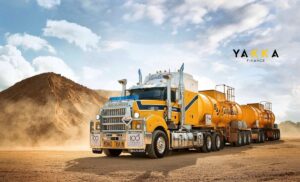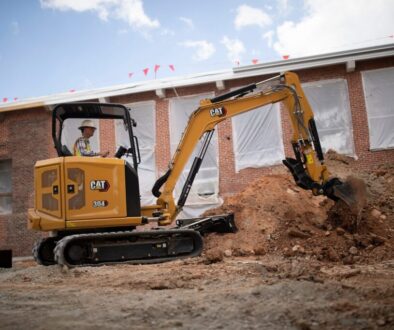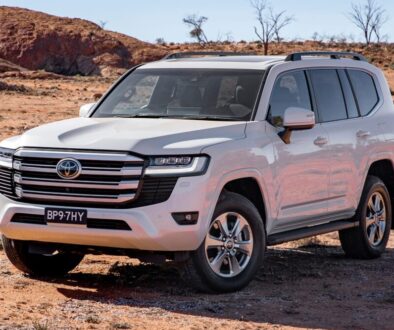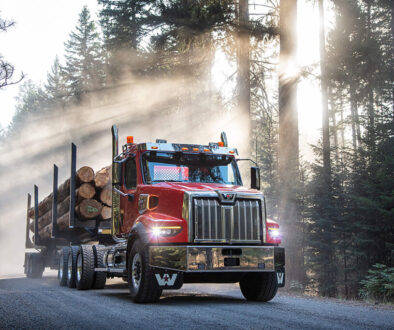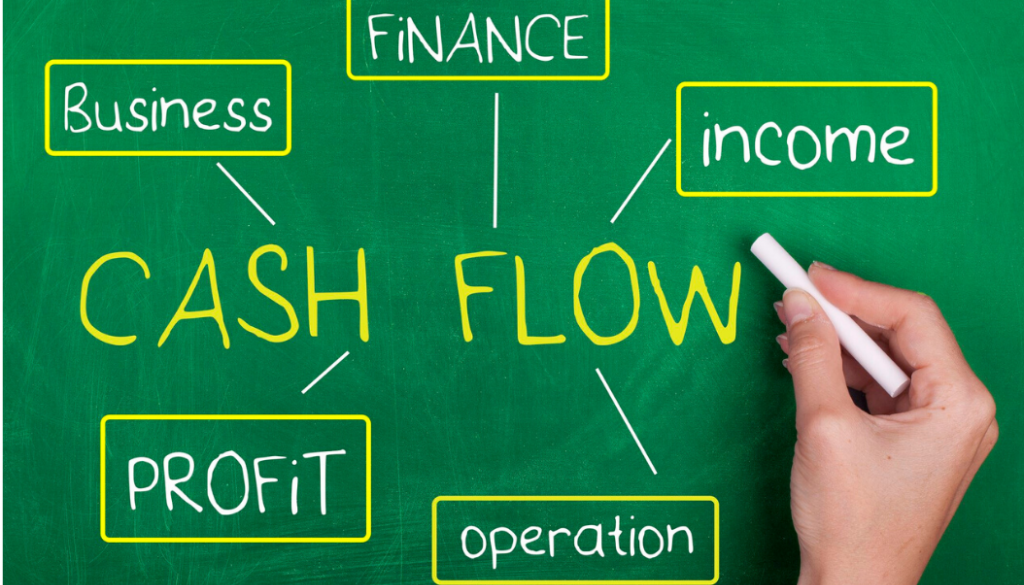
A cash flow forecast is a great and effective way to stay on top of cash flow, which is one of the biggest challenges for small businesses in Australia.
In times of uncertainty, having a clear view on cash flow is critical in your business. That’s where a cash flow forecast can be invaluable in seeing the big picture and where your business is headed over the next 1-3 years.
Given the importance of cash flow, here’s a short guide on how to create a cash flow forecast.
Defining Cash Flow
Firstly, let’s define our terms, cash flow is simply the amount of money (cash) or cash equivalents that move in and out of the business. Basically, the increase or decrease of the amount of cash a business holds and the income the business creates.
Cash flow is a key factor in working out the sustainability of a business. If you can generate positive cash on a regular basis, you’re more likely to be successful in the long term. When you forecast your cash flow, you’ll be able to estimate your cash position on a monthly basis to see when it will be positive or negative. Then you can take steps to prevent or cover predicted shortages.
Cash Flow Forecasting Steps
By checking your past income and expenses this information will be powerful in estimating future cash inflows and outflows for the next year. It is important to note, your business may have secured new work for the next year which might also incur added costs. This is where a Cashflow Forecast can be very valuable to a business.
To create a cash flow forecast template, all you need is an Excel or Google Sheets document that captures all your business income and expenses by category. If you have secured a new contract that will provide an uplift in revenue and costs to the business, it’s important to factor that in.
Preparing the Cash Flow Template
We have compiled a cash flow forecast template with typical income and expenses for Transport and Logistics Company. You can request a template from us. The categories are an example only, however your income and expenses may differ based on your company.
The challenge is to predict what your sales and expenses will be in the future, although you will have historical data, your income and expenses can change over time, so keep this in mind that the cash flow forecast will be an estimate.
Start by looking at the income and what the asset (E.g. Prime Mover) will generate on a monthly basis. Forecasted expenses for each month are included below the income items on the spreadsheet. Past expenses are the best guide to the future. Keep in mind any potential medium-term or long-term expenses that may pop up, including any equipment that may need to be upgraded.
Once you are confident with your estimates, include them in the cash flow forecast template for each month. The net difference amount at the bottom of the spreadsheet will show if your cash flow will be positive or negative for each month.
At Yakka Finance, we are experts on assisting new and existing business with cash flow forecasting. It also assists with gaining approvals with some banks and lenders when applying for Truck Finance and/or Machinery Finance. We assist all our clients in preparing a cash flow forecast for your business especially when new large contracts have been secured.
Want to know more? Call Scott on 0401 214 427
